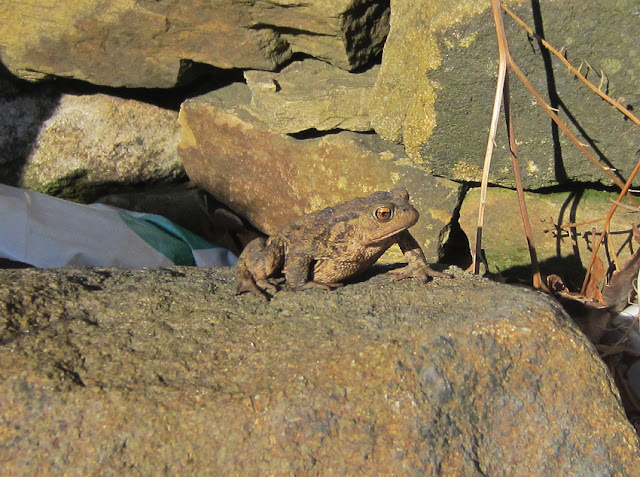Elena Marina at City Park, Bradford, West Yorkshire - Saturday 24th March 2012
I can’t start without mentioning the new City Park which was officially opened in Bradford on Saturday. Brilliant. Totally ace event. Go see the mirror pool if you great the chance.
Well, the clocks went forward on Sunday, and this is my excuse for not getting up early enough and go to look for the local Lesser Spotted Woodpecker. I had other excuses too, but that's the best one. It was a glorious day, more like June than March, so I did some maintenance on the bird feeders in the garden. Is everyone else getting mad numbers of Goldfinches at the moment?
My wife (let's call her Mrs indiebirder – I'm sure she'll love that!) and I went to Newcastle’s AV Festival on Sunday evening. This year’s festival has a theme of As Slow As Possible, which suits me fine (extremely slow and extremely fast music do it for me). We went to see Attila Csihar: A Scrying: First and Second Action (NCL). If that doesn't sound pretentious enough, it was performed inside one of the towers of the Tyne Bridge; it was cold, dark, and had a whiff of pigeon shit. Mrs indiebirder had the task of reviewing it for the Arts Council, and she asked me to along to provide some “drone-metal contextualisation”.
While waiting outside, we could hear the Kittiwakes making their unmistakeable calls. They nest in Newcastle, and there were a few on the side of our venue.
Kittiwake nests, Tyne Bridge, Newcastle - Sunday 25th March 2012
Inside, we ascended the dank steps to sit on tree stumps around a black pond, upon which were projected suitably shadowy images. Attila did his low, guttural drones from behind a candle-covered table, clothed in robe with cowl. He looped his voice and treated it with some harmoniser effects, creating some excellent hypnotic groves, moving at the pace of tectonic plates. He then would sustain his voice at a higher pitch, using circular breathing, adding his own natural modulation.
Occasionally, Attila would come out from behind his alter to toss some dust into the pool, and raise his hands towards the girders in the atrium above. It was like Coptic chanting meets Aleister Crowley, with some serious sub-bass. At times there were beautiful ambient passages, with natural harmonics being teased out from simple quiet drones: part- part-Moomin, part- plainsong. I loved it. The music was good enough to shine through all the pomposity, perhaps even good enough to justify it.
Flow Mill, River Tyne, Newcastle - Sunday 25th March 2012
A quick mention of Flow Mill moored half a mile downstream of Tyne Bridge. We only had five minutes on here, but well worth a visit. A water-powered instrument ensemble, all glass and wood. You could get some crazy sounds out of it. An adult Cormorant flying low downstream, plus the expected Feral Pigeons and Herring Gulls were the only birds that caught my eye from here.
Gateshead Millennium Bridge, Newcastle - Sunday 25th March 2012















